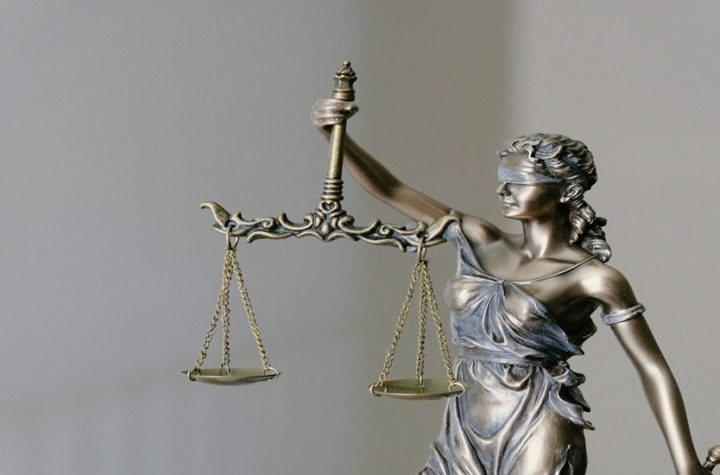
Pic Courtesy - UnSplash
Leaders and entrepreneurs in the fast-paced business world are constantly faced with choices, which can cause a crippling condition known as decision fatigue. When decision-making takes an extended amount of time, decision fatigue is the resultant decline in decision quality. This can significantly affect a company’s productivity and success. Nonetheless, there are practical methods for preventing decision fatigue and guaranteeing that decision-makers make certain, well-informed decisions.
We will examine these tactics in this blog post together with some real-world case studies and supplementary materials.
Surround Yourself with Trusted Advisors
A network of reliable advisors is essential for any leader in company. These advisors serve to lighten the load of decision-making by offering a variety of viewpoints, professional insights, and insightful criticism.
Case Study: Steve Jobs and Apple’s Board of Advisors
Co-founder of Apple Inc. Steve Jobs surrounded himself with an impressive group of advisors, including well-known figures in the business world like Arthur Rock and Bill Campbell. Throughout Jobs’ time at Apple, this group helped him make difficult decisions by offering crucial counsel and direction. Their combined knowledge was crucial to Apple’s innovation and comeback.
Seek Mentorship
Another effective strategy for overcoming decision fatigue is mentoring. Mentors can assist mentees avoid frequent traps and make educated decisions by providing information based on their own experiences.
Case Study: Eric Schmidt and Google’s Founders
Eric Schmidt was appointed CEO of Google by Larry Page and Sergey Brin to offer guidance and direction. The founders made crucial strategic decisions that catapulted Google to previously unheard-of heights with the assistance of Schmidt’s experience and mentoring. His advice played a key role in establishing the company’s mission and culture.
Develop a Decision-Making Framework
A decision-making framework offers an organized method for selecting options, which lessens cognitive strain and enhances decision quality. Criteria for assessing choices, assigning tasks a priority, and establishing precise objectives may be part of this framework.
Case Study: Jeff Bezos and Amazon’s Decision-Making Process
The “Type 1 and Type 2” decision model is a framework for decision-making that was established by Amazon’s founder, Jeff Bezos. Type 2 judgments can be taken quickly and with reversibility, whereas Type 1 decisions are irrevocable and need serious thought. Amazon was able to develop quickly thanks to this approach while lowering the risks involved with important choices.
Regularly Review Decisions
Leaders can improve their decision-making processes and learn from past mistakes by routinely going over their previous decisions. Reflective practice can point out patterns, emphasize effective tactics, and highlight areas that need work.
Case Study: Satya Nadella and Microsoft’s Continuous Improvement
Microsoft CEO Satya Nadella highlights the value of a growth mindset and ongoing education. Under his direction, Microsoft promotes a feedback-and improvement-oriented culture and examines its strategic choices on a regular basis. This strategy has propelled Microsoft’s success by resulting in notable improvements to its goods and services.
Clarity Leads to Confident Choices
Making confident decisions requires clarity. Leaders may remain focused and make decisions that support their vision by having clear priorities, goals, and values.
Case Study: Elon Musk and SpaceX’s Clear Mission
Every choice made by SpaceX has been influenced by Elon Musk’s stated vision for the company, which is to eventually inhabit Mars and make space travel inexpensive. SpaceX has accomplished incredible milestones, like the successful launch and landing of reusable rockets, thanks to this unwavering mission statement.
Implementing These Strategies in Your Business
To effectively combat decision fatigue in your business, consider the following steps:
- Build a Network of Trusted Advisors:
- Identify individuals with diverse expertise and perspectives.
- Regularly consult with them on critical decisions.
- Encourage open and honest feedback.
- Seek Mentorship:
- Find mentors who have successfully navigated similar challenges.
- Establish a regular mentorship schedule.
- Be open to learning from their experiences.
- Develop a Decision-Making Framework:
- Define criteria for evaluating options.
- Categorize decisions based on their impact and reversibility.
- Prioritize tasks and set clear goals.
- Regularly Review Decisions:
- Schedule regular reviews of past decisions.
- Analyze the outcomes and identify patterns.
- Use insights to refine your decision-making process.
- Maintain Clarity of Purpose:
- Clearly define your business’s mission and values.
- Ensure that every decision aligns with your vision.
- Communicate your goals and priorities to your team.
Business leaders often struggle with decision fatigue, but it can be effectively managed with the right support network, mentorship, decision-making framework development, frequent decision reviews, and purpose clarity. By putting these tactics into practice, executives may steer their companies toward long-term success by making more assured and knowledgeable decisions.
Adopt these strategies and observe how your decision-making skills advance, resulting in improved business outcomes. Recall that developing a network of allies, picking up knowledge from others, organizing your decision-making process, thinking back on previous decisions, and adhering to your vision are the keys to overcoming decision fatigue.




More Blogs
Life’s Real Problems: 7 Hidden Barriers
New Age Success Rules
Seven Factors To Empower Life : A Startup Approach to Personal Growth